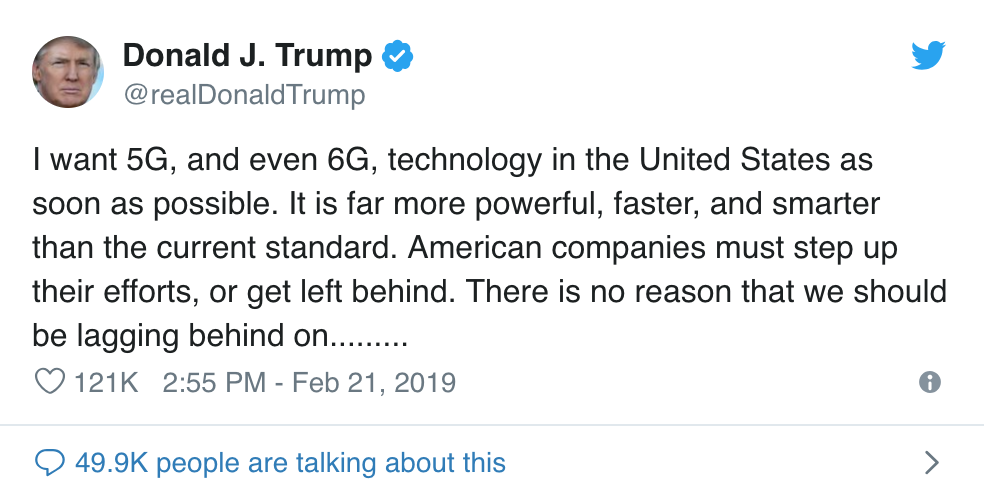
6G Companies Install More Fibre
It is designed, built and managed by 6G Internet entirely.6G will be the sixth generation of wireless technology infrastructure.A 6G network in China would be fast enough for augmented and virtual reality applications, a Chinese telecom official reportedly said Thursday. Having built our own network means we are not reliant on telephone lines or other services, to provide your internet. 6G Internet was an idea that started in 2013, to provide high quality broadband, without the wait or the inconvenience of road digging to install more fibre optic cables.
6G bit/sec bandwidth through each of its. The nine-slot chassis delivers 1. Future scope of 6G networks About 10 years ago, the phrase 'Beyond 4G (B4G)' was coined to refer to the need to advance the evolution of 4G beyond the LTE standard.The S/390 G-3, geared toward larger businesses, is available with up to 10. Vendor commitments to 6G include major infrastructure companies such as Huawei, Nokia and Samsung, which have all signaled that they have R&D in the works.
While that’s faster than the fastest 5G will get, it’s only the beginning for 6G.Even Netflix, Facebook, Apple and other big tech companies are paying a fortune for access to this '6G' network - Apple is paying over 30 million a month to use this network to run its iCloud and Apple Music services.First-generation mobile networks relied on analog radio systems, which meant that users could only make phone calls they couldn’t send or receive text messages. The team says this yields a data rate of 11 gigabits per second. It can transmit waves at more than three times the frequency of 5G: one terahertz, or a trillion cycles per second.


Speeds that fast could not only enhance the technology expected to emerge from 5G — such as autonomous cars and smart cities — but may also allow sci-fi applications like the integration of our brains with computers and sensory interfaces that feel and look just like real life.Many countries started to roll out 5G commercially in 2019, and globally there are 118 operators in 59 countries that have deployed the technology.Currently, the 5G network covers around 7% of the world population and it is expected that by 2025, it will cover 20% of the world’s population.Countries where 5G has been introduced include the US, Canada, UK, European Union nations, China, Japan, South Korea, Thailand, Australia, New Zealand, UAE, Saudi Arabia, Qatar, Bahrain.


 0 kommentar(er)
0 kommentar(er)
